The profession of game conservators has emerged as a fascinating intersection of art preservation, digital archaeology, and cultural heritage management. These specialized professionals operate at the crossroads of technology and history, tasked with rescuing aging digital artifacts from oblivion. Unlike traditional art restorers working with physical canvases or sculptures, game conservators grapple with fragile code, obsolete hardware formats, and rapidly disappearing institutional knowledge about early computing platforms.
Preserving digital heritage presents unique challenges that physical artifacts rarely encounter. A 17th-century oil painting might survive centuries with proper climate control, but a 1990s CD-ROM game could become unreadable within decades due to disc rot. Game conservators must combat format obsolescence, hardware degradation, and the gradual disappearance of engineers who understand legacy systems. Their work often resembles digital detective work - tracking down original developers, reconstructing lost development environments, and sometimes literally soldering replacement chips onto vintage arcade boards.
The field has gained recognition as museums worldwide establish video game collections. Institutions like the Museum of Modern Art in New York and the Victoria & Albert Museum in London have added video games to their permanent collections, creating demand for professionals who can maintain these works. This institutional acceptance marks a significant shift from viewing games as disposable entertainment to recognizing them as culturally significant artifacts worthy of preservation.
Technical challenges represent only part of the conservation equation. Ethical considerations around restoration versus preservation frequently arise. Should conservators update graphics to meet modern display standards? Is it acceptable to modify original code to make games playable on contemporary hardware? These debates mirror discussions in traditional art conservation but introduce new dimensions unique to interactive media. The gaming community itself remains divided between preservationists advocating for perfect historical accuracy and pragmatists prioritizing playability.
Economic realities create additional complications for this emerging profession. While major cultural institutions employ some game conservators, many work precarious freelance positions or volunteer their expertise to preservation projects. The Video Game History Foundation's 2023 industry survey revealed that over 60% of professionals engaged in game preservation rely on secondary income sources. This financial instability threatens the long-term sustainability of conservation efforts, particularly for obscure titles lacking commercial value but holding historical significance.
The legal landscape surrounding game preservation remains murky and often hostile to conservation efforts. Copyright laws designed for traditional media frequently conflict with preservation needs. Conservators routinely navigate complex licensing issues when attempting to archive games, facing potential legal action even for clearly non-commercial preservation work. Recent lawsuits involving abandonware sites have created chilling effects throughout the preservation community, leaving many significant works in legal limbo.
Despite these challenges, technological advancements offer new hope for game conservation. Emulation technology has reached unprecedented accuracy levels, allowing classic games to outlive their original hardware. Cloud-based preservation initiatives enable global access to rare titles without risking damage to fragile original media. Machine learning tools now assist in reconstructing lost assets and repairing corrupted code. These innovations expand what conservators can achieve while reducing reliance on increasingly scarce original hardware components.
The human element remains irreplaceable in game conservation. Oral history projects capturing developers' stories have become as crucial as technical preservation efforts. Organizations like the National Videogame Museum have established extensive interview archives, ensuring that design philosophies and creative intentions behind landmark games aren't lost to time. This documentation work provides future generations with context that raw code alone cannot convey.
Educational pathways into game conservation remain informal and varied. Most practitioners come from computer science, library science, or art conservation backgrounds, then acquire specialized knowledge through hands-on experience. Universities have begun responding to this need - Stanford's Film & Media Studies department and MIT's Comparative Media Studies program now offer courses addressing game preservation. However, standardized curricula and professional certifications have yet to emerge for this hybrid discipline.
The growing collector's market for vintage games presents both opportunities and ethical dilemmas for conservators. While rising prices have increased public awareness of games as valuable cultural artifacts, they've also created incentives for forgery and improper restoration. Some conservators now consult for auction houses, authenticating rare cartridges and detecting counterfeit copies. This commercial dimension adds complexity to a field originally driven by preservation ideals rather than market values.
Looking forward, game conservators face the daunting task of preserving today's digital titles for future generations. Modern games with always-online requirements, microtransaction systems, and massive server infrastructures may prove even more challenging to preserve than floppy disk-era titles. The profession must develop new methodologies to archive live-service games and virtual reality experiences while grappling with corporate resistance to preservation efforts that might interfere with profitability. As gaming continues evolving as the dominant entertainment medium of the 21st century, the work of these digital conservators will only grow in cultural importance.

By /Jul 21, 2025

By /Jul 21, 2025
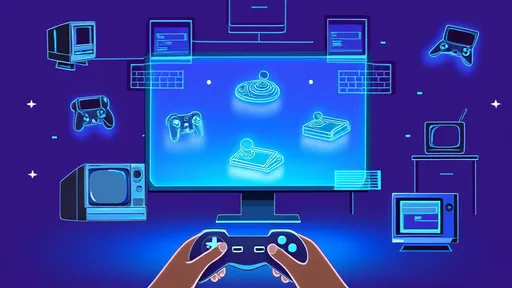
By /Jul 21, 2025
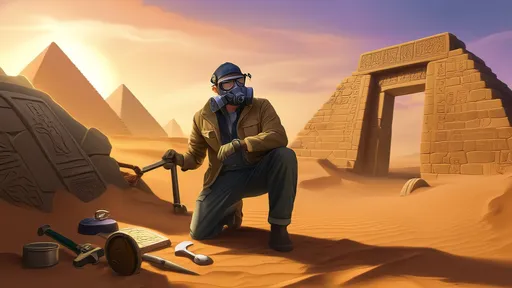
By /Jul 21, 2025
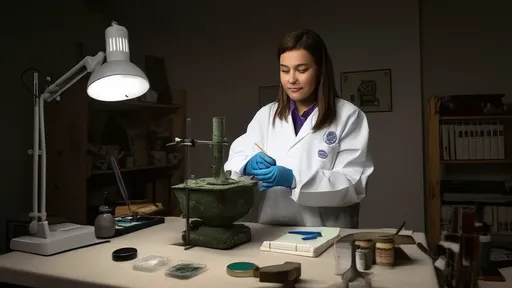
By /Jul 21, 2025

By /Jul 21, 2025

By /Jul 21, 2025
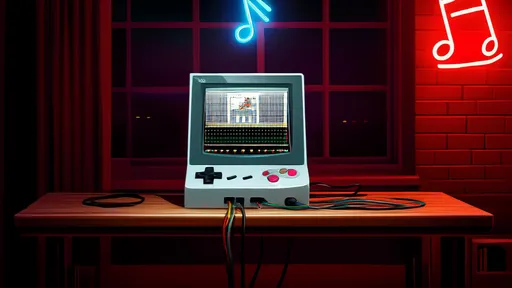
By /Jul 21, 2025
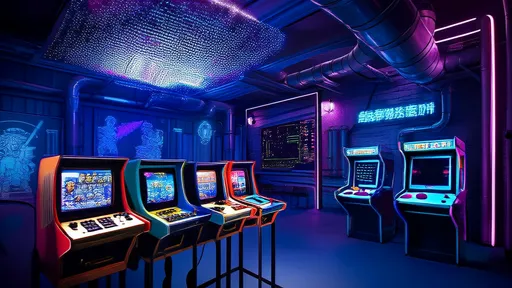
By /Jul 21, 2025
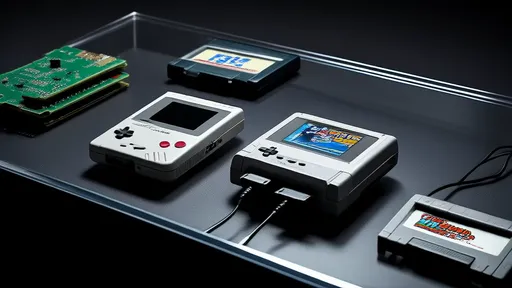
By /Jul 21, 2025
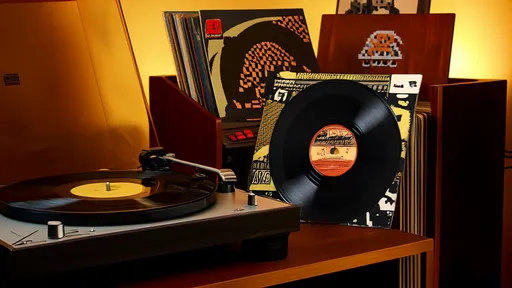
By /Jul 21, 2025
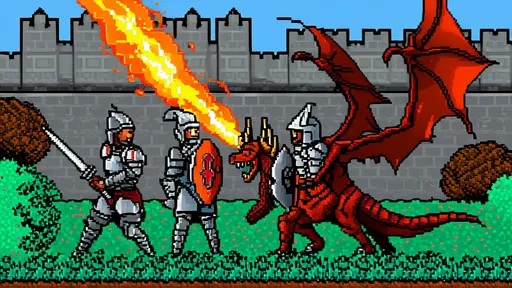
By /Jul 21, 2025

By /Jul 21, 2025
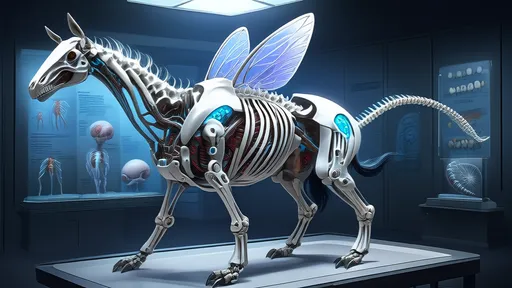
By /Jul 21, 2025

By /Jul 21, 2025

By /Jul 21, 2025

By /Jul 21, 2025

By /Jul 21, 2025